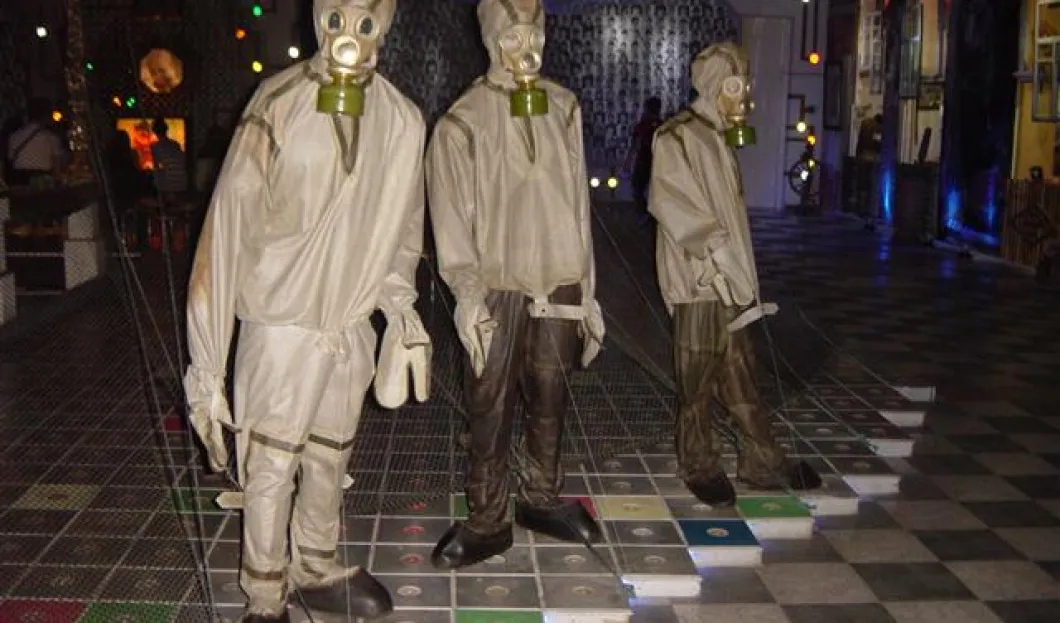
The explosion of the nuclear power plant in Chernobyl, Ukraine is one of the darkest and saddest events in the history of mankind. The place with the remnants of lost and destroyed lives however is a tourism destination for the so called “dark tourists”.
The first reactor of the power plant of V. I. Lenin was finished in 1977, but at the time of the accident the reactors no. 5 and 6 were still not complete. When the reactor no. 4 near the town of Pripyat exploded after midnight on 26 April 1986, the increased vapor pressure caused large steam explosion.
The negative effects of the disaster were gigantic. Since then, Chernobyl is sadly known throughout the whole world. The number of casualties is still not final. The estimates range from hundreds to hundreds of thousands of lives.
Today, local travel agencies offer extreme tours to the zone of death. The itinerary of a typical tour includes the prospect of the reactor number four from the distance of approximately 100 meters, "Red Forest", a visit to the research center of physical and chemical laboratories, chance to meet local people of the Opachychi village, those who have decided to come back after the evacuation.
When entering and exiting the 30 kilometer restricted zone, every tour participant undergoes control measurements of radioactivity. Although the tours are safe, to avoid undue exposure to radioactivity it is necessary to strictly follow the guidelines and the instructions of the tour guide.
Another option to see "the Pompeii of today's world" and move closer to the fatal events of the disaster is to visit the Chernobyl Museum, located in the center of Kiev. Although it is not easy to find the Ukrainian National Museum of Chernobyl since there are no signs around the city directing tourists to the museum, it is still worth visiting. All information and flyers are provided in Russian and Ukrainian and tours on offer are also only in these two languages. Despite such difficulties for foreigners, visitors can look forward to seeing numerous documents and video spots authentically portraying the explosion and its effects.
For many travelers the museum is quite unique and fascinating. It remembers the fate of people who rescued the world – people who risked their lives, and did not know what danger they were in. They walked around the place of accident without any protective equipment; all they had was a textile cover of the mouth and canvas gloves.
Visitors can also see pictures from the city of Pripyat, a city that boasted of modern architecture, amenities, the city, which was a kind of showcase of socialist progress. It was built for the nuclear power plant and its staff. At the time of the disaster 50,000 people lived there, the average age of adults was around 26 years, the majority of the population consisted of young families with children. The city was evacuated more than 24 hours after the explosion – too late for most of the locals to be saved unharmed.
Documents related to the examinations of people affected by radiation, the reactor body, interactive maquette of the reactor before and after the fatal crash. The building of the museum keeps the “protective spacesuits” but also fragments of the media campaign that should help the affected area and was initiated by the neighboring countries.
The museum itself is also associated with the Japanese cities of Hiroshima and Nagasaki. The uniqueness of this place is undeniable. It is the lifted finger, past reminder of what should not have happened and yet it did.
By Lucia Molokacova









